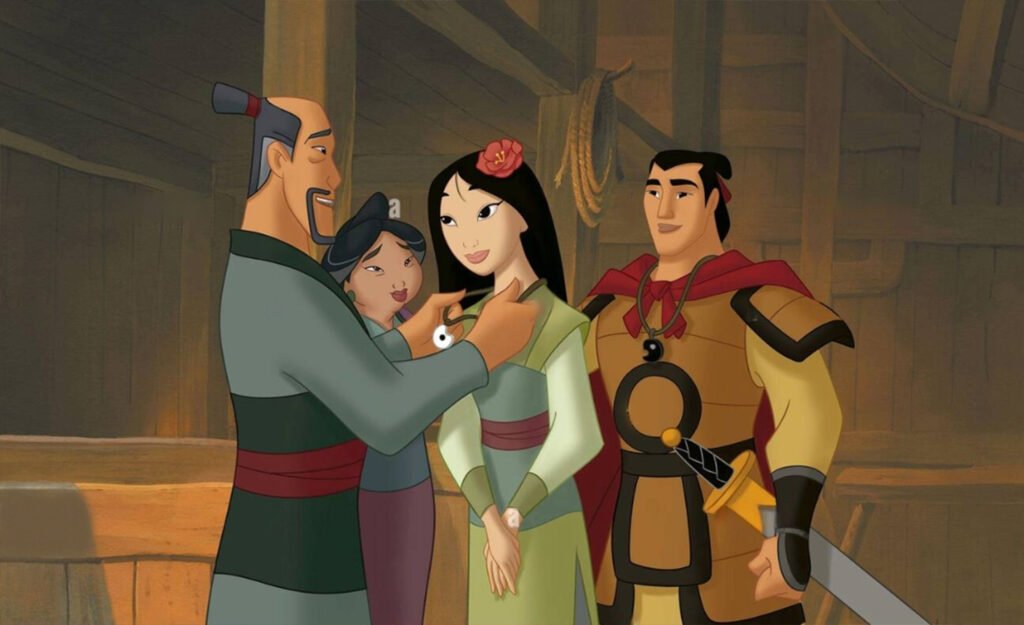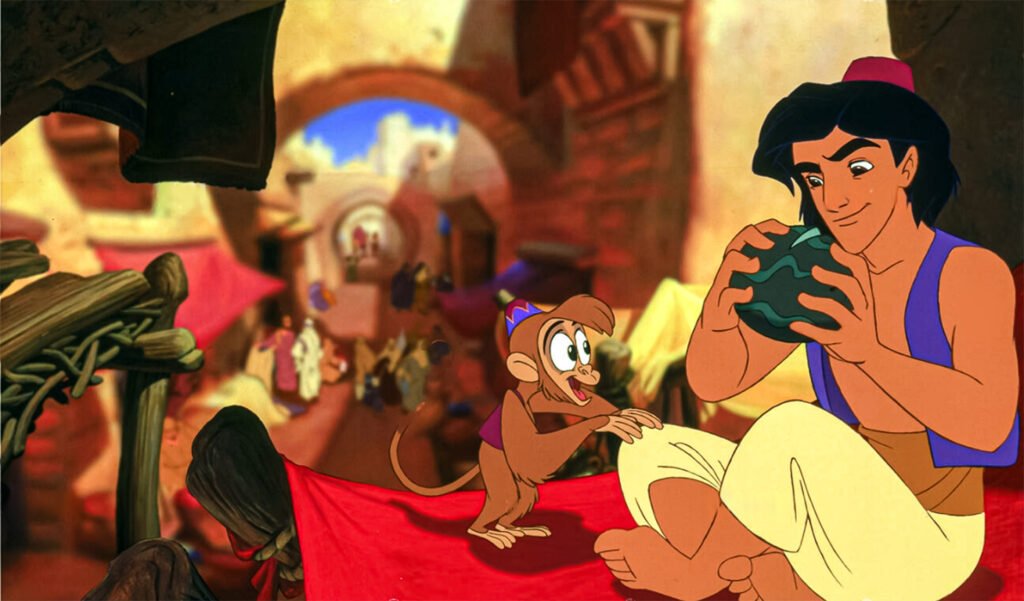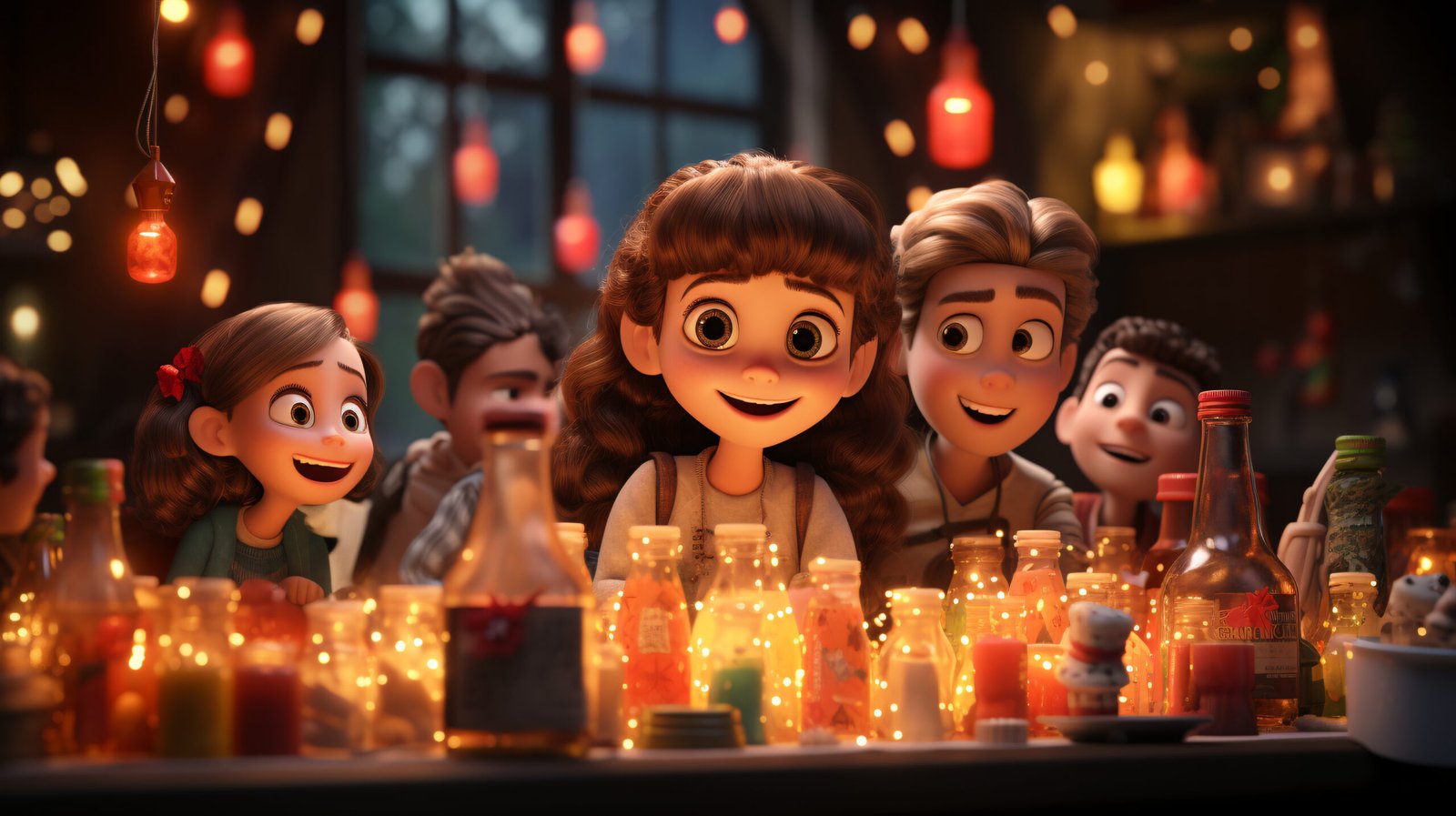In a globalized world where media transcends borders, the power of animation as a storytelling tool cannot be overstated. Animated films have the unique ability to transport audiences to any corner of the world, often celebrating diverse cultures in vivid, imaginative ways. Yet, when animators depict cultures outside their own, it raises critical questions: Are they honoring the source or appropriating it? The debate around cultural appropriation versus authentic representation in animation is more relevant than ever, particularly as creators strive to tap into the richness of global traditions and stories.

The Power and Pitfalls of Representation
Animation, with its limitless possibilities, has long been a platform for creators to weave stories from every culture. From films like Disney’s Mulan and Moana to Pixar’s Coco, the trend of featuring non-Western cultures has seen a rise, particularly in major Hollywood productions. These films offer an exciting opportunity for exposure to cultures and traditions that mainstream audiences might not otherwise encounter.
However, with this opportunity comes the responsibility of representation. When creators take creative liberties without fully understanding or respecting the cultural nuances of a community, the line between homage and appropriation blurs. Misrepresenting cultural elements can reinforce stereotypes or even perpetuate harmful inaccuracies, undermining the very communities these stories aim to uplift.
Where Does Appropriation Begin?
Cultural appropriation, especially in animation, occurs when creators borrow elements of a culture—its clothing, language, mythology, or symbols—without proper understanding, context, or respect. This process reduces rich cultural traditions to mere aesthetic choices, stripping them of their deeper meanings. But determining where artistic inspiration ends and appropriation begins is often a murky process.

Take the example of Aladdin (1992), a classic animated film that drew inspiration from Middle Eastern and South Asian cultures. While the film is beloved by many, it has been criticized for blending diverse cultures into a vague, “exotic” backdrop. The lack of specificity in its cultural references is often seen as a missed opportunity to authentically represent the distinct traditions, beliefs, and identities of the people depicted.
Authenticity vs. Ownership: Who Gets to Tell the Story?
One of the central issues in this debate is who has the right to tell certain stories. When major studios take on projects depicting non-Western cultures, they’re often criticized for not hiring creators from those cultures. Authentic representation comes not only from research but from lived experience. The inclusion of writers, directors, artists, and consultants from the communities depicted is critical to ensuring that stories are told with care, respect, and accuracy.

Pixar’s Coco serves as a positive example of collaborative storytelling. By working closely with Mexican cultural advisors, filmmakers ensured that the depiction of Día de los Muertos was not just visually stunning but also respectful and accurate to the traditions it sought to celebrate. This kind of collaboration brings richness to the storytelling and helps avoid the traps of appropriation.
The Stakes for Animation Studios
In the age of social media, creators and studios are held more accountable than ever before. Audiences, especially younger generations, are keenly aware of issues surrounding cultural sensitivity and authenticity. A misstep in representation can lead to public backlash, impacting a film’s reception and box office performance.
However, the stakes are not just financial. Creators risk alienating entire communities if their work is seen as exploitative. In some cases, what may start as an attempt to celebrate a culture can devolve into a harmful misrepresentation that deepens divisions rather than fostering understanding.
Navigating Cultural Representation in the Future
So how can animators and creators navigate this complex landscape? The answer lies in a commitment to research, collaboration, and humility. When depicting cultures outside their own, creators must go beyond surface-level representations and invest time in understanding the deeper, more intricate aspects of a culture. It’s about doing the homework, involving cultural insiders in the creative process, and, perhaps most importantly, listening.
As the world of animation continues to evolve, the industry must learn to balance creative freedom with cultural responsibility. Animated films have the power to inspire, educate, and connect people across continents, but that power comes with the duty to tell stories that respect and celebrate the diversity of human experience.
At STUDIO IMAGE WORKS, we understand that visual storytelling is not just about crafting stunning images—it’s about creating narratives that resonate on a deeper level. As animators, designers, and creators, we believe in pushing boundaries while ensuring that the stories we tell uplift and honor the cultures they depict.






